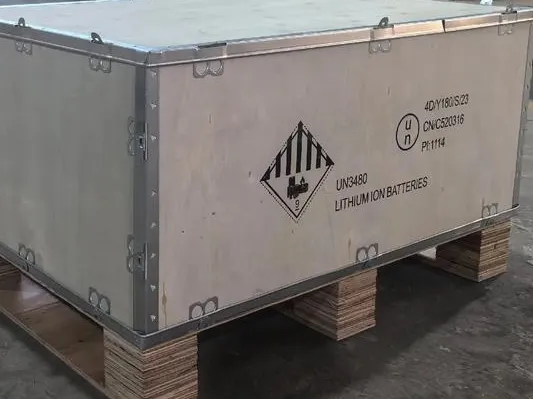Understanding MSDS Certification for Lithium Battery Safety

MSDS (Material Safety Data Sheet) certification is the foundation of energy storage applications. These documents provide key safety information regarding battery composition, potential hazards, and emergency procedures.
For manufacturers and users alike, MSDS certification:
- Validates battery safety standards compliance
- Details proper handling procedures for energy storage systems
- Ensures regulatory approval for transportation and installation
Why MSDS certification is crucial for the safety of lithium battery transportation
1. Regulatory Compliance for Safe Operations
All commercial lithium batteries require MSDS documentation to:
- Meet international lifepo4 battery safety standards (UN38.3, IEC 62133)
- Comply with transportation regulations (IATA, IMDG, ADR)
- Satisfy workplace safety requirements (OSHA, REACH)
2. Risk Mitigation in Energy Storage Systems
Proper MSDS certification helps prevent:
- Thermal runaway in lithium batteries
- Electrical hazards during installation
- Chemical exposure risks during maintenance
3. Emergency Preparedness
MSDS documents provide specific lifepo4 battery safety protocols for:
- Fire suppression (using Class D extinguishers)
- Chemical leak containment
- First aid measures for battery-related incidents
Key Lithium Battery Safety Information in MSDS Reports
Every certified MSDS for energy storage batteries must include:
- Battery Composition Analysis
- Electrolyte chemical properties
- Cathode/anode material safety data
- Voltage and capacity specifications
- Safety Thresholds
- Maximum operating temperatures
- Charge/discharge rate limits
- Storage humidity requirements
- Hazard Identification
- Flammability risk levels
- Toxic emission potential
- Electrical shock warnings
Implementing MSDS Guidelines for Maximum Lithium Battery Safety
For Installers:
- Always review MSDS before handling energy storage systems
- Use proper PPE as specified in the safety data sheet
- Follow recommended installation clearances
For Facility Managers:
- Maintain updated MSDS documentation for all battery systems
- Conduct regular lithium battery safety training
- Establish emergency response plans based on MSDS guidelines
For Transport Personnel:
- Verify MSDS certification before shipping
- Use approved containment systems
- Follow all transportation segregation rules
Lithium Battery Safety FAQs
Q: How often should MSDS certification be updated for energy storage batteries? A: MSDS documents should be reviewed annually or whenever battery formulations change to ensure ongoing lithium battery safety.
Q: Are there different MSDS requirements for various lithium battery chemistries? A: Yes, LiFePO4, NMC, and LTO batteries each have unique safety considerations that must be addressed in their MSDS certification.
Q: Can I operate an energy storage system without MSDS documentation? A: Never. Operating without proper MSDS certification violates safety regulations and voids insurance coverage for lithium battery safety incidents.